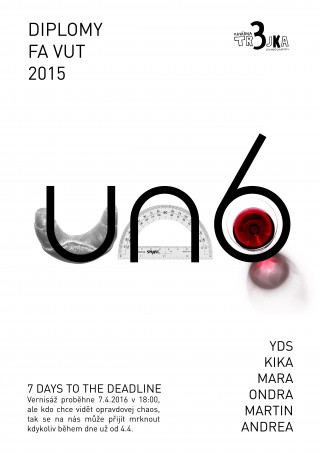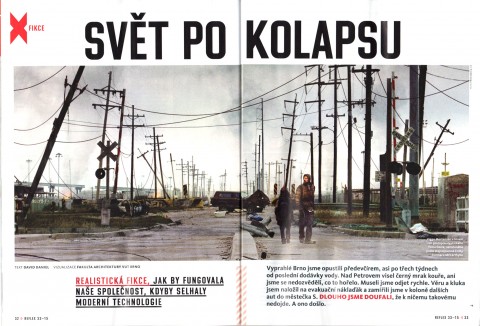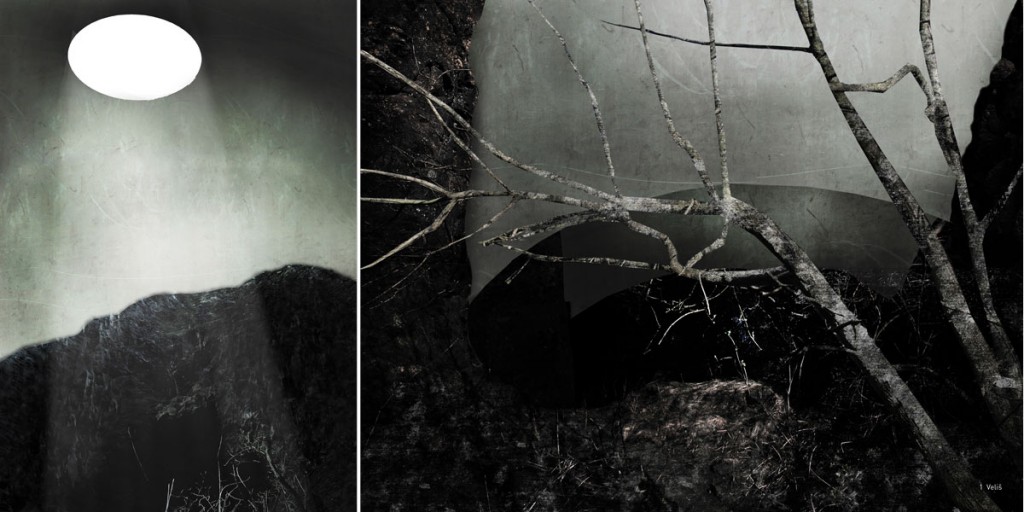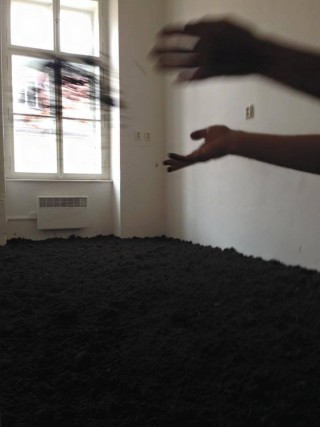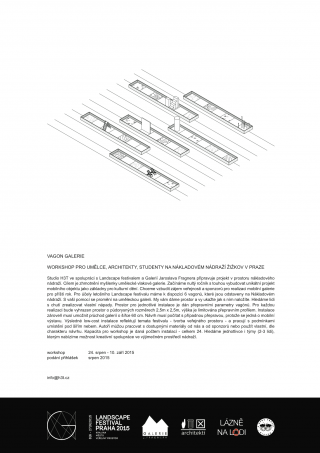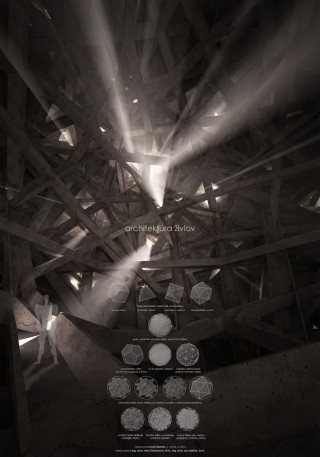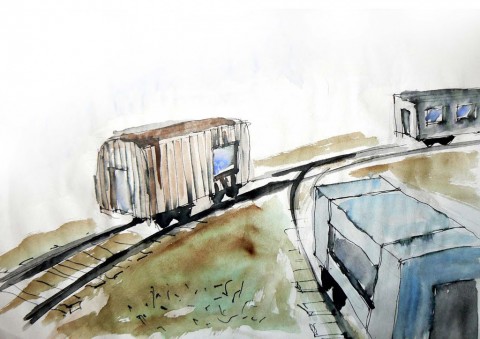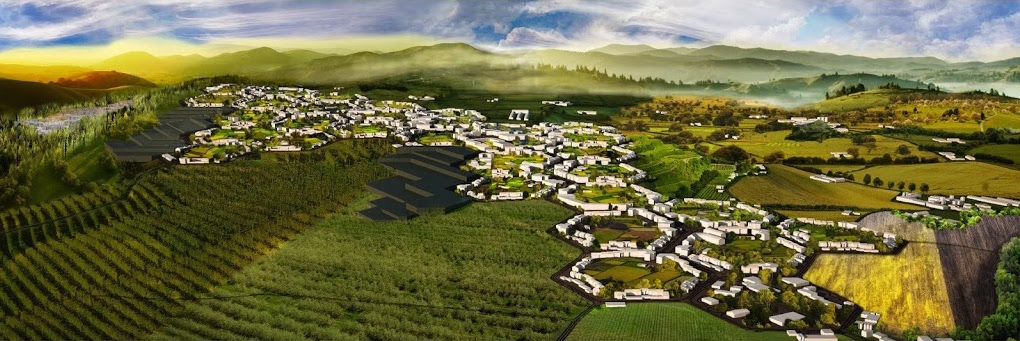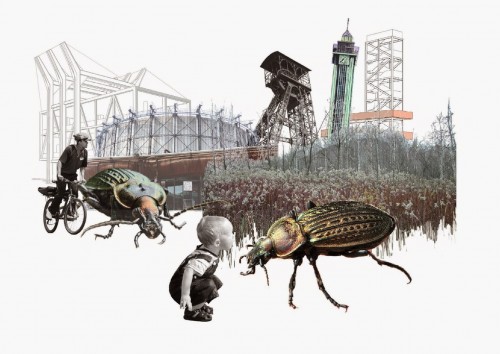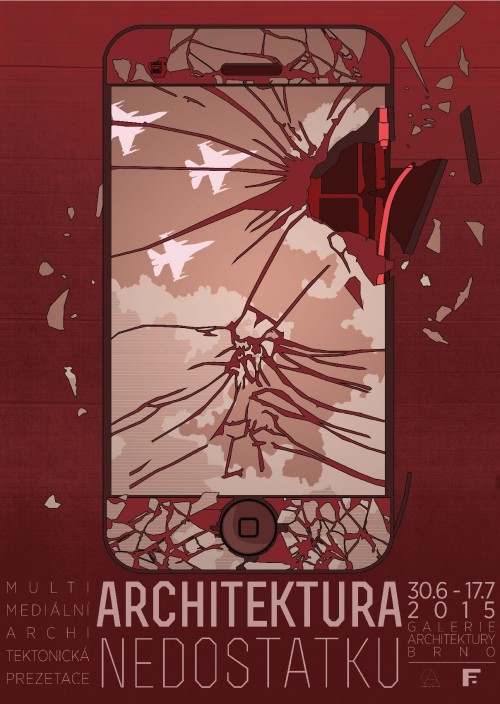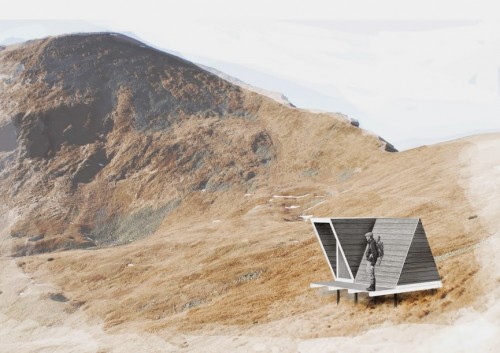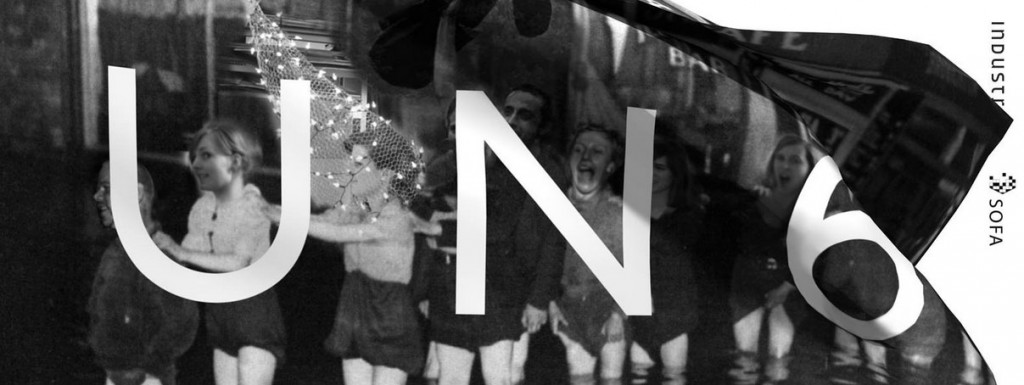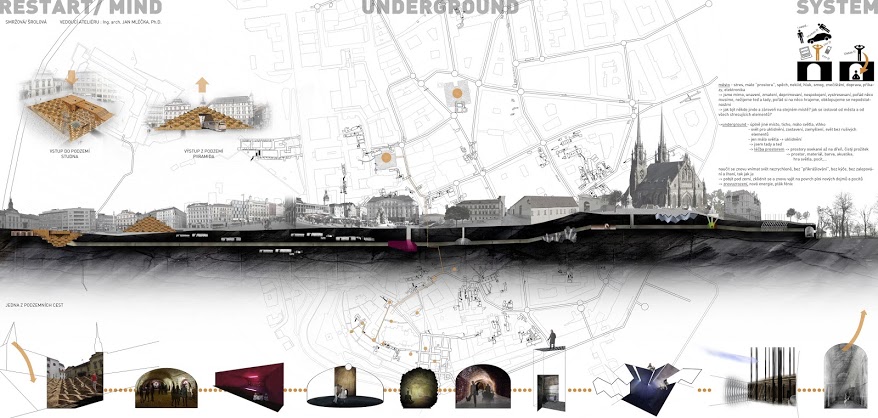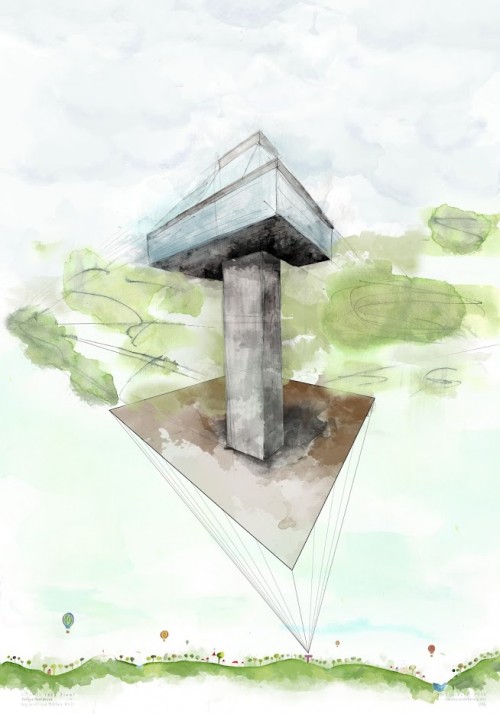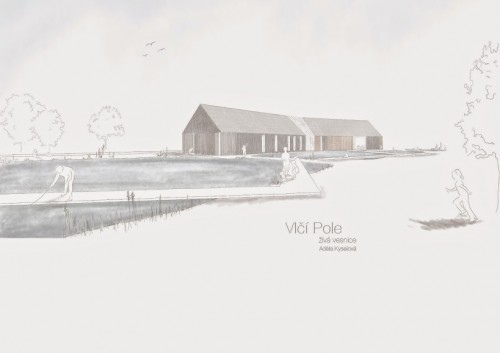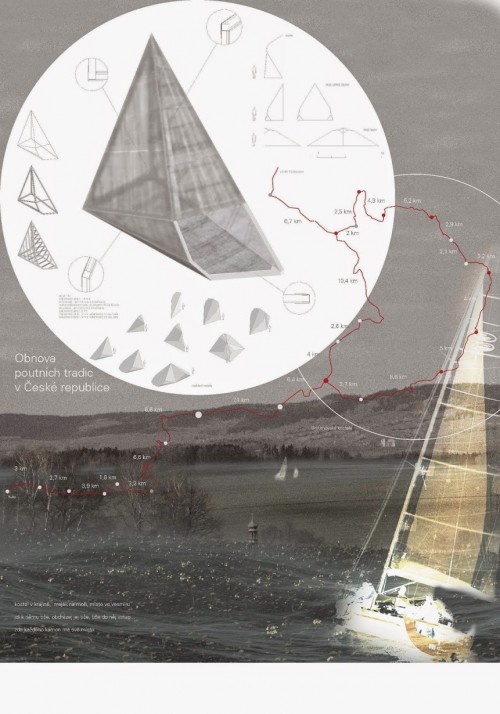Magnus Larsson: DUNE: Arenaceous Anti-Desertification Architecture (studentská práce)
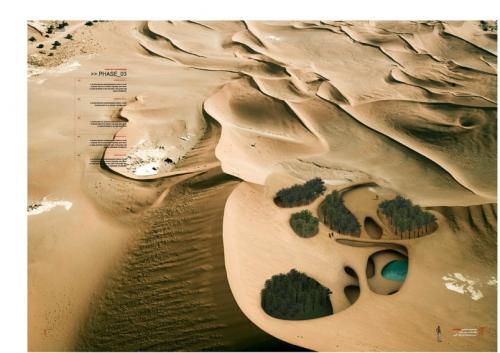
To combat the Sahara Desert’s ongoing growth, student Magnus Larsson has proposed a 6,000km wall that will be-wait for it-constructed by letting a bacterium have its way with the sand, forming sandstone.
The bacterium, bacillus pasteurii, turns sand into firm sandstone structures very quickly, and the proposed wall could house a sort of lengthy oasis of water and vegetation, to be used by refugees for housing. It’s trying to kill two enormous birds with an equally enormous stone: Combating desertification and providing mass amounts of housing for those who need it. The proposal won a prize for sustainable agriculture, but nothing this outrageous is without its problems.
This kind of bacterial change has been performed in very small environments, but has never been tried in as large a scale as the Sahara Desert. Besides the practicality of the project, there are also environmental concerns: This massive a change to the ecosystem could cause problems we can’t even foresee, from species extinctions to water shortages. Not to mention a problem that wasn’t brought up in the article: How do we get this thing to stop making sandstone? I’m pretty sure experiments with ice-nine didn’t turn out so hot.


































